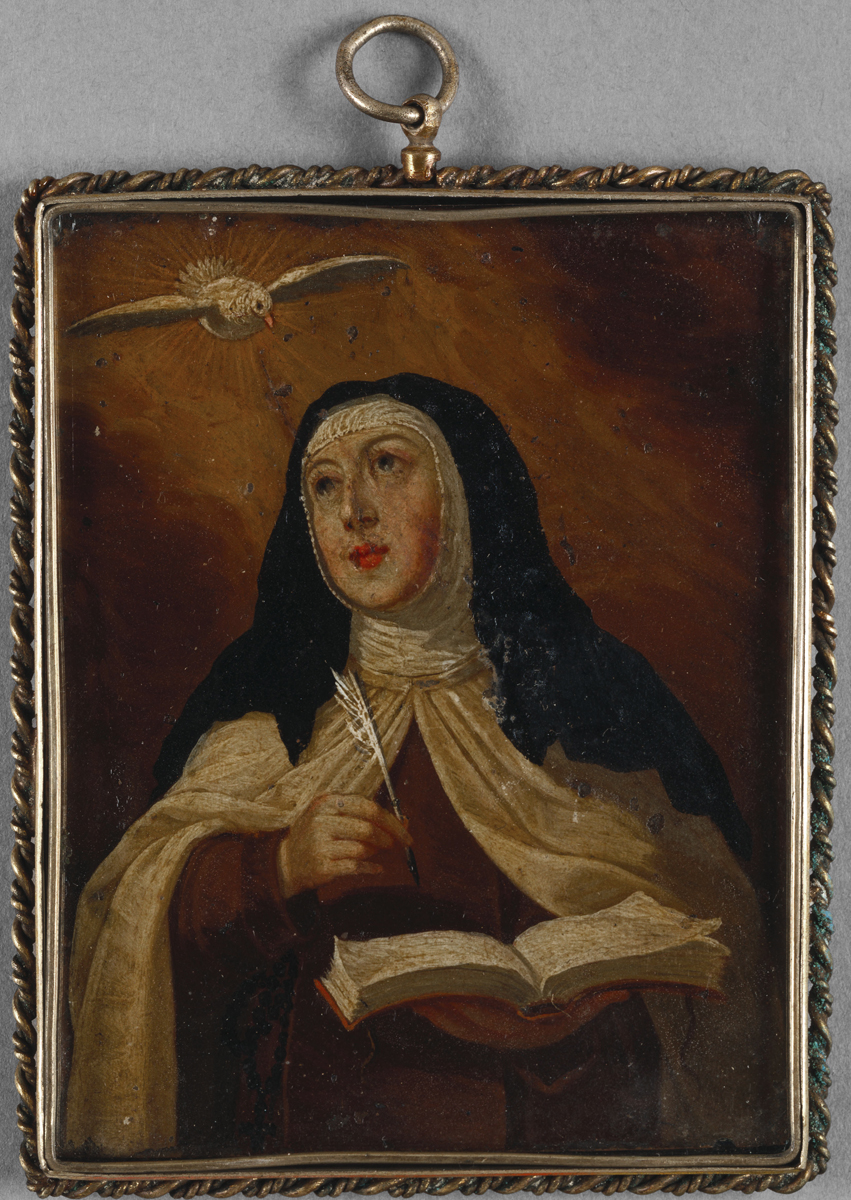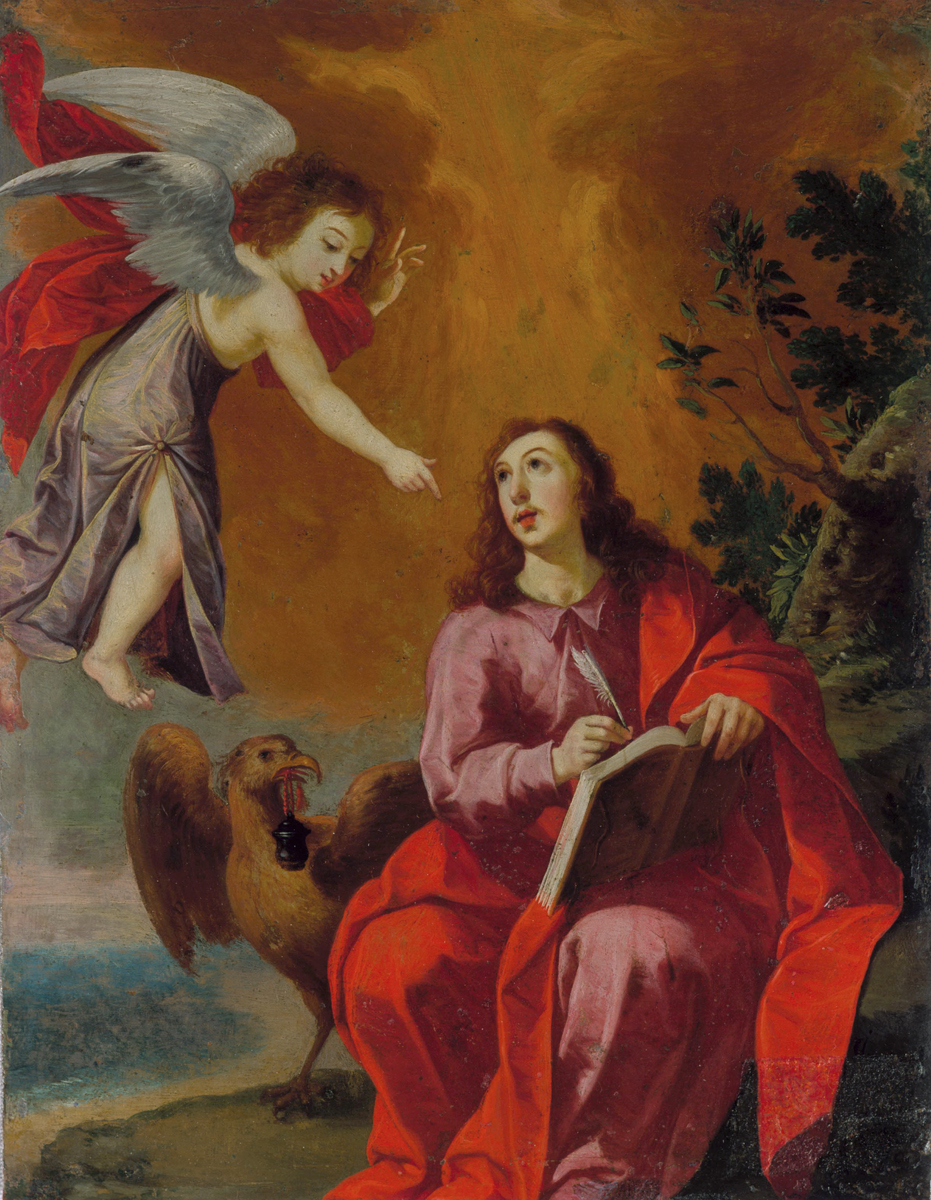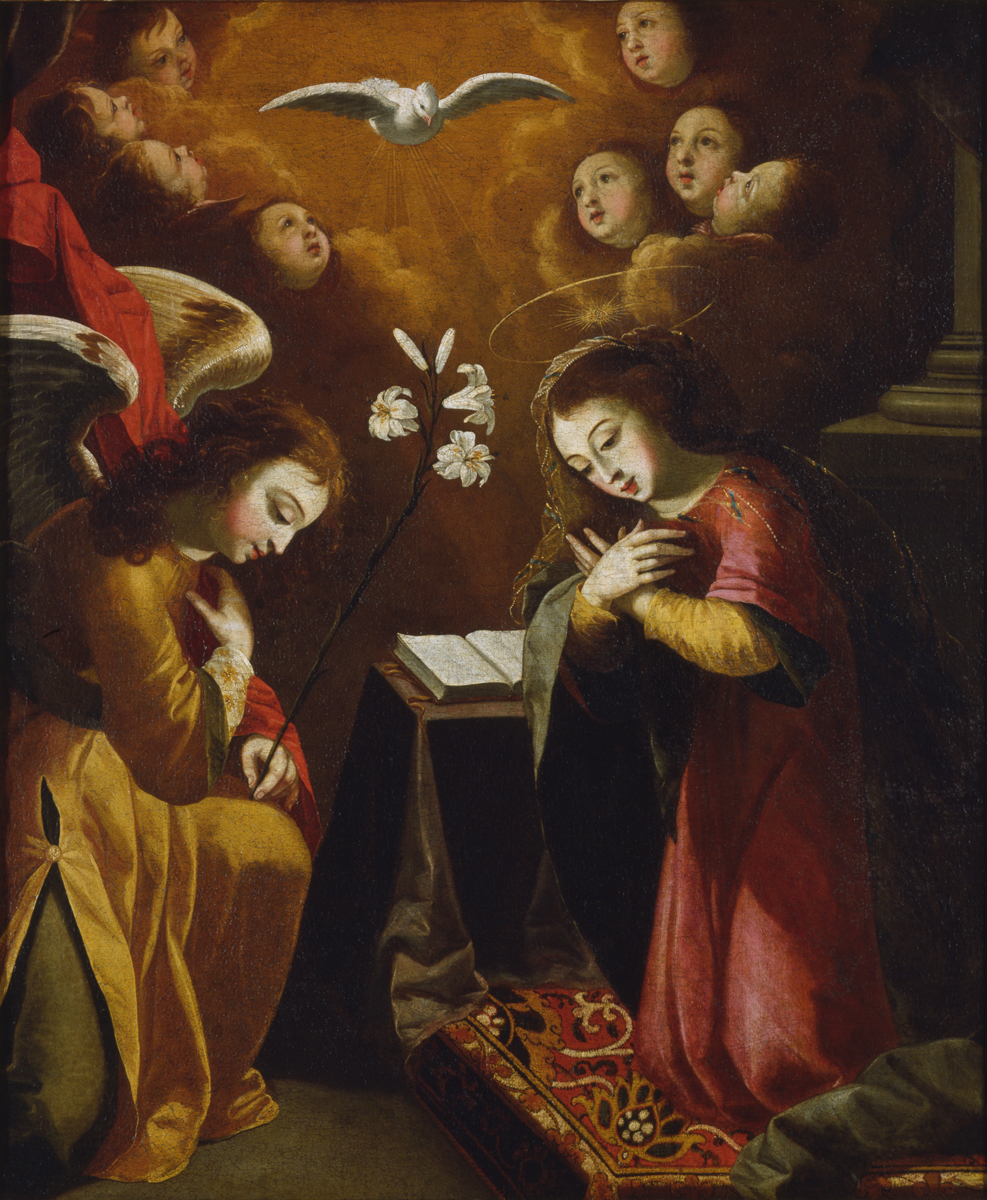Josefa de Óbidos
Active in: Portugal
Alternate names: Josefa de Ayala Figueira; Josefa de Ayala; Josefa em Óbidos.
Biography
Josefa de Ayala, commonly known as Josefa de Óbidos, was born in Seville, Spain around 1630. Her father, Baltazar Gomes Figueira (1604–74) was a painter from the Portuguese town of Óbidos. Her mother, Catarina de Ayala y Cabrera, was from the region of Andalusia. Her parents met in Seville where Figueira was living in order to complete his artistic training. de Óbidos’ godfather was the distinguished Spanish painter Francisco de Herrera the Elder (1576-1656), who had briefly trained with Diego Velázquez (1599–1660).
de Óbidos’ parents relocated to Óbidos around 1634. While her parents were in Portugal, de Óbidos stayed in Spain under the tutelage of her grandfather João Ortiz de Ayala, an amateur painter. By the mid-1640s, Figueira and his family were living in and around the Portuguese university town of Coimbra. During this period, de Óbidos stayed as a boarder in the Augustinian convent of Santa Ana in Coimbra while her father accepted commissions from nearby ecclesiastical institutions. de Óbidos began her apprenticeship under her father at this time, likely assisting his work on the altarpiece for the church of Nossa Senhora da Graça in Coimbra. Her first known autograph work–an engraving of St. Catherine signed “Jozepha de Ayalla. Coimbra 1646”–is thought by some to be a self-portrait. The following year she completed her first signed oil painting, a representation of the mystical marriage of St. Catherine. The vast majority of her œuvre is oil on canvas and copper; some 150 paintings have been attributed to her.
de Óbidos and her family left Coimbra in 1653 for Óbidos. The artist spent the rest of her life in this town, and her civic pride became part of her artistic identity; she signed her paintings as “Josepha Ayalla, Óbidos,” “Josepha em Óbidos,” or simply “Óbidos.” There is scant evidence that she ever left the town again, though some have hypothesized that she may have visited Seville in the early 1670s. In 1659, she obtained her family’s permission to live independently as a “donzela emancipada,” or emancipated, unmarried woman. For the remainder of her life, de Óbidos alternated between the religious works for churches and convents and secular paintings for private patrons. Two important commissions of the former category were for the retablo for Santa Maria de Óbidos (ca. 1661) and seven canvases for the Carmelite convent of Nossa Senhora da Assunção in the coastal Portuguese town of Cascais (ca. 1673).
de Óbidos is considered one of the greatest Portuguese artists of the seventeenth century and she was a celebrated artist in her own time and place. In his 1696 treatise on painting, Félix da Costa Meesen) described her as an artist “acclaimed far and wide.” An eighteenth-century chronicle states that a great number of women traveled to Óbidos to watch her paint and to have their own portraits painted. In some cases, as with Queen Maria Francisca and her daughter Isabel, these visitors were members of the Portuguese nobility. de Óbidos died on July 22, 1684 and was buried at the Igreja de São Pedro.
Selected Works

Josefa de Óbidos, Santa Teresa de Avilaverso, before 1872. Oil on copper, 7.5 x 6 cm. Museu Nacional de Arte Antiga, Lisbon

Josefa de Óbidos, Saint John the Evangelist on Patmos, ca. 1650-60. Oil on copper, 24 x 18.5 cm. Museu Nacional de Arte Antiga, Lisbon

Josefa de Óbidos, Annunciation, 1676. Oil on canvas, 107 x 88 cm. Museu Nacional de Arte Antiga, Lisbon
Circle
Daughter of
Baltasar Gomes Figueira (1604–1674)
Goddaughter of
Francisco de Herrera the Elder (1576–1656)
Bibliography
Cheney, Liana De Girolami. “The Emblematic Self-Portraits of Josefa de Ayala D’Óbidos.” Mediterranean Studies 9 (2000): 203-229.
Costa, Luis Xavier da. Uma Aguafortista do Século XVII (Josefa Ayala). Coimbra: Imprensa da Universidade, 1931.
Costa-Messen, Félix da. The Antiquity of the Art of Painting (A antiguidade da arte da pintura). Translated by George Kubler. New Haven, Yale University Press, 1967.
Exposição das Pinturas de Josefa de Óbidos. Lisbon: Museu Nacional de Arte Antiga, 1949.
Hernández Díaz, José. Josefa de Ayala, pintora ibérica del siglo XVII. Sevilla: Ayuntamiento de Sevilla, 1967.
Leandro, Sandra and Raquel Henriques da Silva, eds. Mulheres Pintoras em Portugal: de Josefa d’Óbidos a Paula Rego. Esfera do Caos, 2013.
Lucena, Armando de. “Josefa de Óbidos.” Belas-Artes 2, No. 7 (1954): 45-52.
Moura Sobral, Luis de. “Três ‘bodegones’ do Museu de Évora.” Colóquio artes: Revista de artes visuais música e bailado 55 (1982): 5-13.
Moura Sobral, Luis de. “Josefa de Óbidos.” Dicionário de Arte Barroca em Portugal. Lisbon: Editorial Presença, 1989.
Reis-Santo, Luis. “Um painel desconhecido de Josefa de Óbidos no Mosteiro de Celas.” Journal de Noticias (October 5, 1951).
Reis-Santo, Luis. Josefa d’Óbidos. Lisbon, 1956.
Serrão, Vitor. O essencial sobre Josefa d’Óbidos. Lisbon: Imprensa Nacional, 1985.
Serrão, Vitor. “Contributos para o studio da pintura proto-barroca em Portugal (1612-1657).” Actas do IV Simposium Luso-Espanhol de Historia de Arte. Coimbra, 1990.
Serrão, Vitor, ed. Josefa de Óbidos e o tempo barroco. Lisbon: Galeria de Pintura do Rei D. Luís I, 1993.
Serrão, Vitor. The Sacred and the Profane: Josefa de Obidos of Portugal. Washington, DC: National Museum of Women in the Arts, 1997.
Sullivan, Edward J. “Josefa de Ayala: A Woman Painter of the Portuguese Baroque.” The Journal of the Walters Art Gallery 37 (1978): 22-35.
Sullivan, Edward J. “Obras de Josefa de Ayala, pintora ibérica.” Archivo español del arte 54 (1981): 87-93.
Sullivan, Edward J. “’Herod and Salome with the Head of John the Baptist’ by Josefa de Ayala.” Notes in the History of Art 2, No. 1 (Fall 1982): 26-29.

